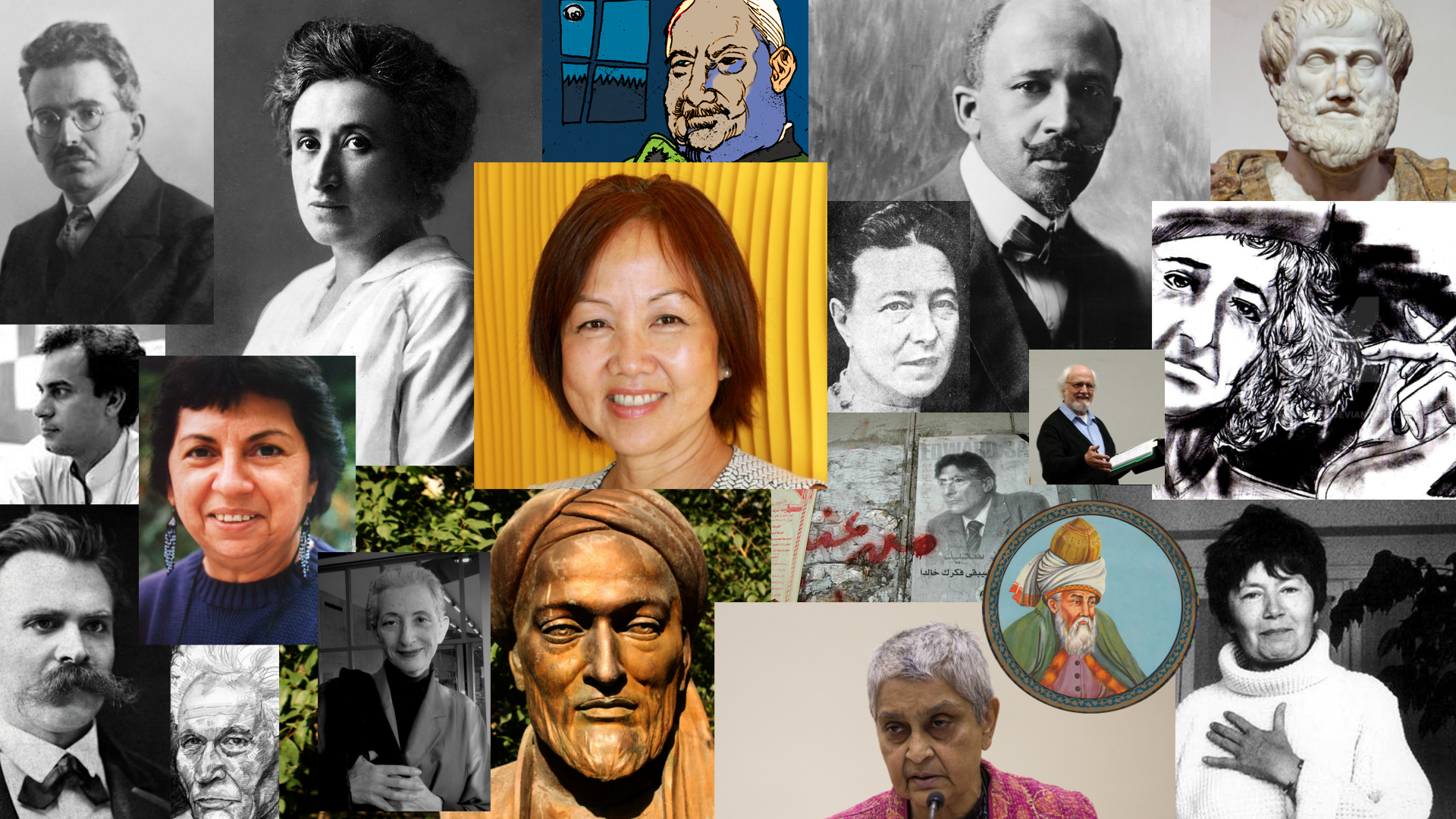Legacies of Fort Hill
Clemson University was founded on the principles of Thomas Green Clemson’s vision of creating a seminary of higher learning. According to the university’s mission statement, Clemson’s vision “is focused on the future while we remember where our roots were first planted.” The Clemson home–now the centerpiece for the university–was not simply a country retreat for the Calhoun and Clemson families, it was a plantation house for the cotton industry with approximately 70 slaves tending the fields whose roots are often marginalized.
Archival research shows the evolution of the building since being willed to the university. Scribner’s Monthly Magazine in 1881 wrote that Fort hill had become “a point of pilgrimage for those whose imaginations still cling to the old order of things.” The Daughters of the Confederacy, who financed an 1930’s restoration of the house, hoped that it would “perpetuate the culture of the old south.” This culture and its old order of things cannot be divorced from slavery.
In Ambient Rhetoric, Thomas Rickert wrote, “Digital production . . . not only impact[s] our environment and how we interact with and within it but transform[s] our knowledge about self and world” (1). Our project team combined archival research, rhetorical analysis, and digital production to call attention to the multiple histories to help transform the rhetorical memorialization of Fort Hill.
To understand the rhetorical essence of Fort Hill, we must understand the multiplicities of histories. “To study something historically means to study it in the process of change. To encompass in research the process of a given thing’s development in all its phases and changes fundamentally means to discover its nature, its essence, for it is only in movement that a body shows what it is” (Vygotsky 64-5).. While difficult to face, these marginalized histories cannot be ignored. One interviewee, Dr. Rhondda Thomas, said, “It’s easy to look away. Looking away we can remain blissfully ignorant.”
One way Clemson students, faculty, and the community remain blissfully ignorant is through the perpetuation of a superstition: if you walk through Fort Hill, you will not graduate. Through video production and under the framework of this superstition, we show the university’s promoted, whitewashed history, the attempt to show the African-American experience, and the call to show a clearer and more complete history. Fort Hill should not only memorialize the roots of the Clemson legacy, but the roots of those who gave their blood and their lives through slavery, indentured servitude, and convict labor.
After showing the video, our panel will discuss the research methods and our digital production process. Ultimately, our production adheres to the call voiced by Dr. Thomas, “There has to be a boldness and a courageousness in our leaders and not just in [the university president], but all parts of the administration, so that it’s not just faculty, not just students, but it’s all of us working together to initiate that change.” This boldness and courageousness becomes more and more imperative as racial tensions are on the rise throughout the country’s universities.
